Understanding the impact of technology on the labour hire market can be a challenging task. Although it can bring about both positive and negative changes to the hiring process, several crucial factors should be taken into account before making any decisions. To help you determine how your business can benefit from automation or AI solutions in its workforce management systems, we have prepared a comprehensive guide to all things tech.
In this blog, we shall discuss the impact of technology/automation on contractual workforce recruitment. The issue we’re looking at is how this automation technology has transformed the way businesses hire employees, perhaps leading to a shift in workforce demographics and job satisfaction. The job market has seen significant technological improvement in recent years, resulting in a variety of changes and opportunities in the labour hiring domain. The emergence of new technologies and automation has enabled employers to more effectively manage their employees/workforce. But, these improvements have made it more difficult for job searchers to find work. This blog post looks at the impact of technology on labour hiring, as well as the challenges and opportunities it brings.
Technology has transformed the way we look for and fill employment openings. Workforce management software, such as mobile apps, job search websites, and applicant tracking systems, has changed the way companies and job seekers interact. These tools have increased the number of available job possibilities and streamlined the application and hiring processes for both parties. These improvements will likely have a substantial impact on the future of the work sector as they proceed.
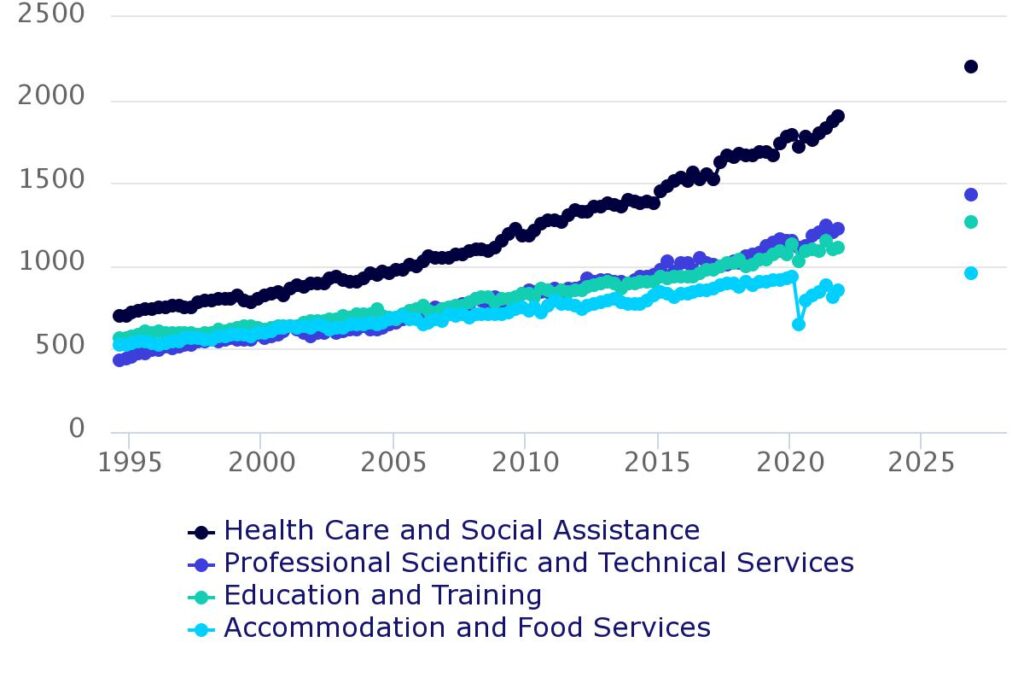 (Image source: https://labourmarketinsights.gov.au/our-research/employment-projections/)
(Image source: https://labourmarketinsights.gov.au/our-research/employment-projections/)
According to a Jobs and Skills Australia research, various industries, including healthcare and social support, education and training, hospitality, and professional, scientific, and technical services, are predicted to rise in 2023-25. These businesses will gain from an ageing population, continuous investment in education and research, and increased demand for skilled labour.
Manufacturing, wholesale trade, agriculture, forestry, and fishing, on the other hand, are expected to have decreased demand throughout the same time period. This is due to a variety of variables, including global economic developments, shifting consumer tastes, and automation of certain work responsibilities.
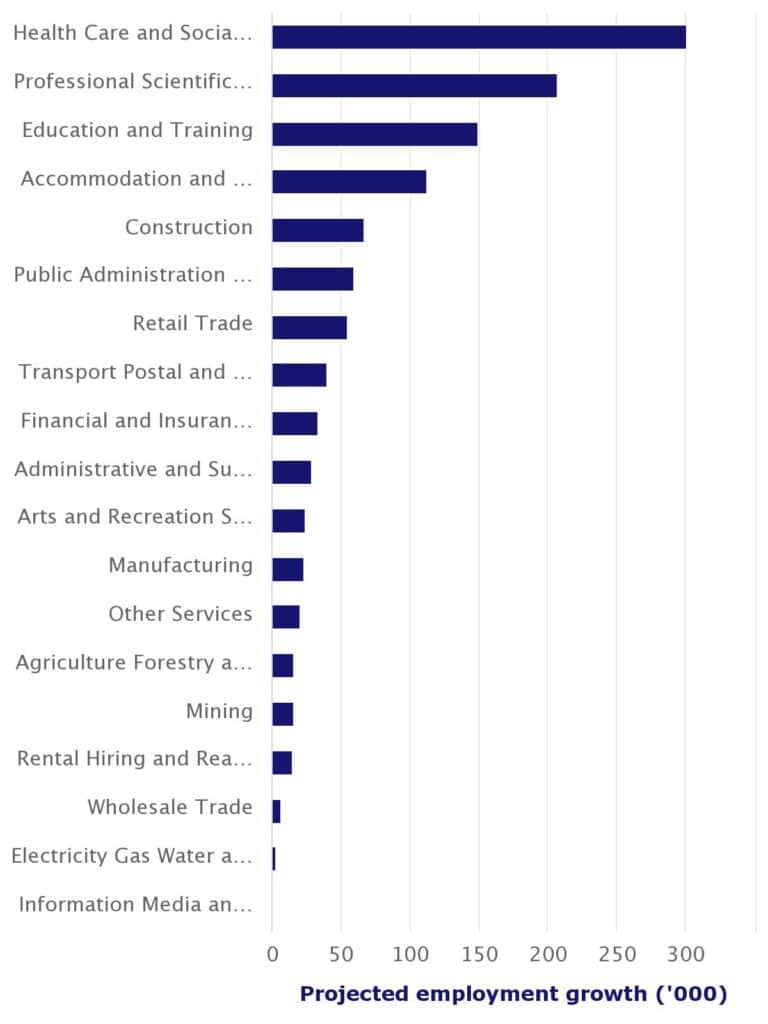
(Image source: https://labourmarketinsights.gov.au/our-research/employment-projections/)
It goes without saying that these forecasts are based on a variety of assumptions and are subject to change depending on factors such as government policies, global economic conditions, and technological breakthroughs.
Employers may now manage their staff more easily thanks to workforce management software. Employers can simply track employee hours, handle payroll, and schedule shifts with workforce management systems. This has simplified employer workforce management and reduced the requirement for manual labour-intensive tasks.
Impact of Automation on Labour Hire
Technology has brought many changes in the labour-hire market, out of which the most important one is automation. Automation can either prove positive or negative as it can greatly affect the way we work, live and think about the future. This blog will help us understand how automation can affect both employers as well as employees depending upon how they use it. Automation has made it possible to complete numerous tasks without human intervention, which means many jobs that were previously done by people can now be automated. While this has made employers more efficient and reduced costs, it has also led to job losses, particularly for low-skilled jobs that are repetitive and routine, making them most vulnerable to automation.
Impact of AI on Labour Hire
You might have heard of AI already, but are you sure that it is here to stay? It’s time to find out if this technology will impact your business.
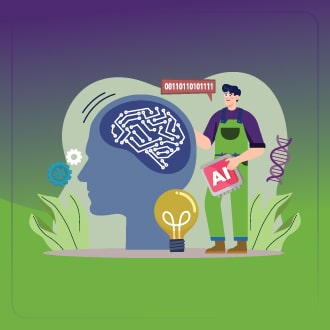
AI can help with HR: The first thing that comes to mind when we think about AI is how it can be used for recruitment purposes. With more companies using artificial intelligence in their decision-making processes, they can create better job advertisements and find more qualified candidates faster than ever before.
AI can help with recruitment: If a company has an open position for a certain role or industry, there are many tools available online which allow employees with specific skillsets (or certifications) access these opportunities without having any prior experience with them at all! This makes sense because now anyone who wants one can apply without having any requirements whatsoever – meaning there won’t be any bias towards certain groups either way; everyone gets equal opportunity regardless whether they’ve spent years learning something specific beforehand or not!
The rise of artificial intelligence (AI) has also had a significant impact on the labour hire market. AI has the potential to automate many tasks that were previously done by humans, such as customer service and data entry. This has led to the creation of new types of jobs that require a different set of skills, such as data analysis and machine learning. However, it has also resulted in the loss of many jobs that were previously done by humans.
Impact of Robotics on Labour Hire

Robots are taking over jobs. Robots are more efficient than humans, and they can be used to perform dangerous tasks that would otherwise be too risky for humans. They’re also cheaper, more reliable and better at repetitive work than humans. As a result of these advantages, robots have been replacing humans in many industries: manufacturing plants; warehouses; food preparation facilities (such as restaurants); airports and even car washes! In fact there was recently an article in The Guardian newspaper titled “Finding it hard to get a new job? Robot recruiters might be to blame” by Hilke Schellmann which described how recruiting companies are using AI technology to review applications.
Impact of Workforce Management Solutions in Labour Hire
Workforce management solutions are a great way to manage your workforce, and they can help you find the right people for your business. They can also help you track the cost of running an organisation, as well as manage their time more effectively.
Workforce management solutions come in many different forms, but all share common features:
- They provide access to information about current employees or prospective hires (e.g., job descriptions).
- They allow managers to see who’s working where at any given moment—and whether they’re doing their jobs well enough or not (or even if they even exist).
- They allow scheduling staff and workforce management as easy as possible.
- Using this data gives managers new ways of thinking about how they should be hiring new employees in order to best serve customers’ needs while still staying within budget constraints set by shareholders/owners.
Future of Work in Labour Hire
As technology advances, chances to adopt automation will grow in the future years. More and more routine operations, such as data input, will be automated, contributing to industry-wide labour force changes.
Some jobs will inevitably become outdated as automation advances. It will, however, create new opportunities for qualified workers to build and train the AI (artificial intelligence) software, as well as design and upgrade any supporting hardware.
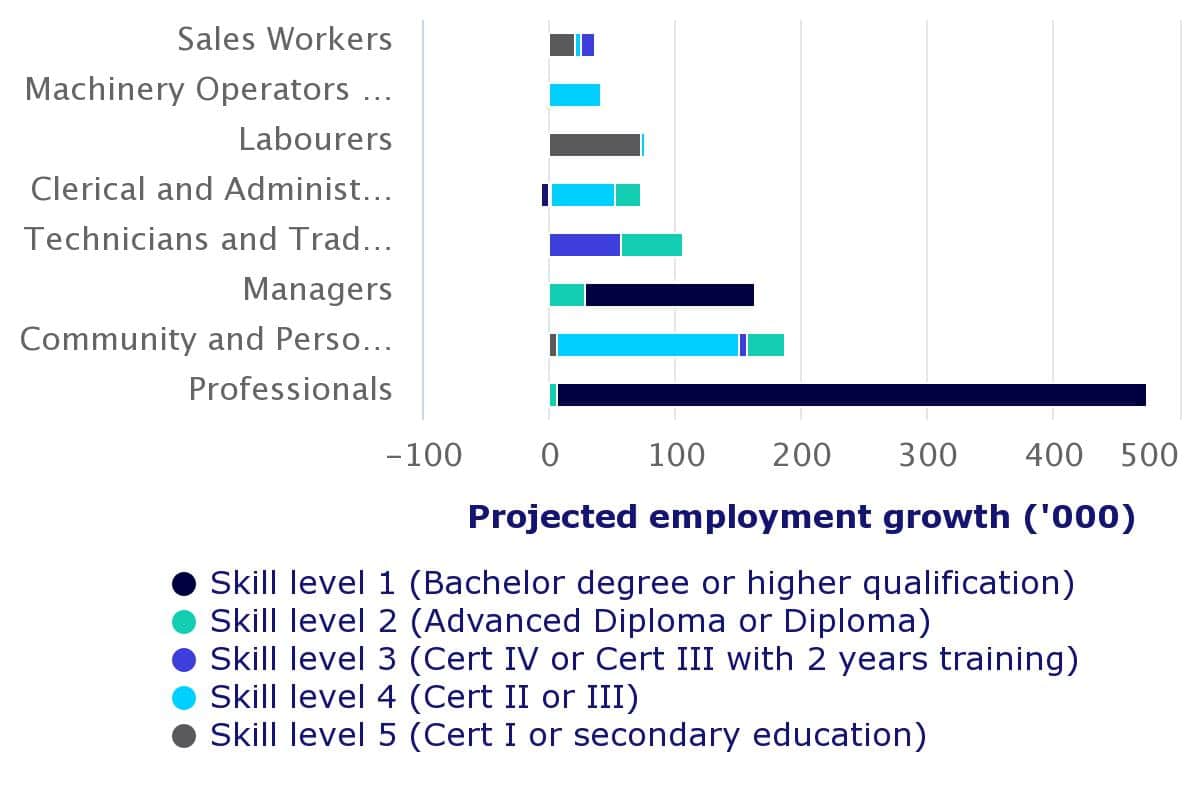
(Image source: https://labourmarketinsights.gov.au/our-research/employment-projections/)
Automation will also alter how individuals are employed. Already, automated recruitment software is taking over elements of the hiring process, such as prospect sourcing and even basic screening questions. Recruitment AI may also assist with taking notes during interviews and other basic chores, freeing up recruiters’ time and focus for higher-value positions.
In high-volume employment circumstances, automated recruitment software is very useful. Businesses who need to hire a big number of people and/or have a high turnover rate will increasingly resort to recruitment AI to assist speed up and streamline the hiring process.
How Entire OnHire Can Help?
Entire OnHire is a powerful cloud-based software that simplifies the operations of labour hire companies. With its help, businesses can automate their manual processes, including candidate sourcing, job posting, timesheet management, invoicing, payroll processing and labour hire software. As a result, labour hire firms can reduce their administrative workload and concentrate on core activities such as finding the best candidates and building long-term relationships with clients.
Furthermore, Entire OnHire enhances the efficiency and responsiveness of labour hire companies. By utilizing the platform, businesses can quickly match candidates to available job opportunities and promptly respond to client requests for additional staff. This establishes a reputation for dependability and responsiveness, which is crucial in the labour hire market.
Moreover, Entire OnHire offers real-time analytics and reporting, providing labour hire companies with insights into their business performance. This helps businesses make informed, data-driven decisions, optimize their operations, and increase profitability.
Overall, Entire OnHire empowers labour hire companies to boost their efficiency, responsiveness, and profitability. It enables businesses to remain competitive, grow their operations and succeed in the labour hire industry.
Conclusion
Technology has had a substantial impact on the labour market, posing both challenges and opportunities for employees and employers. While technology has made it easier for employers to manage their workforce and automate numerous routine duties, it has made it more difficult for workers to obtain employment, especially in low-skilled positions. However, technology has also created new opportunities for workers to upgrade and retool their skills, partake in the freelance economy, and locate flexible and part-time employment. As we continue to navigate the digital economy, it is essential that both employers and employees acclimatise to the evolving nature of work and appreciate the opportunities that technology presents.

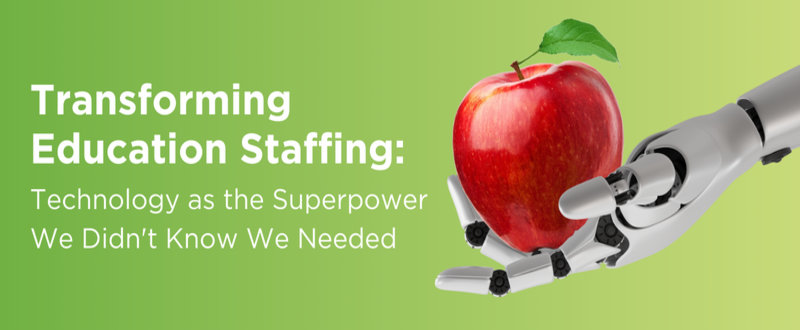

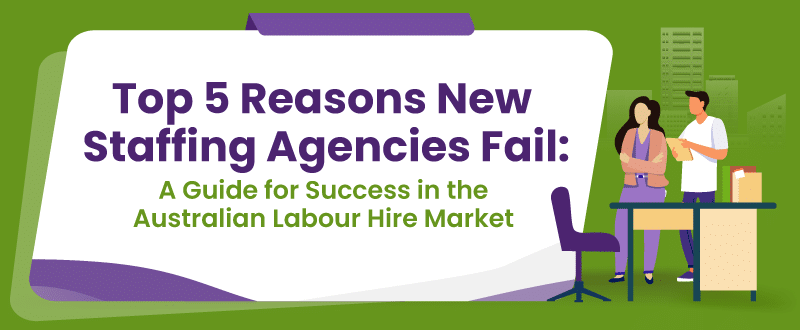






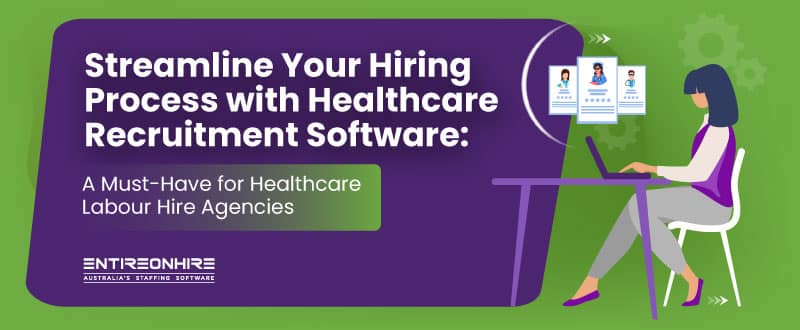


Leave a Reply